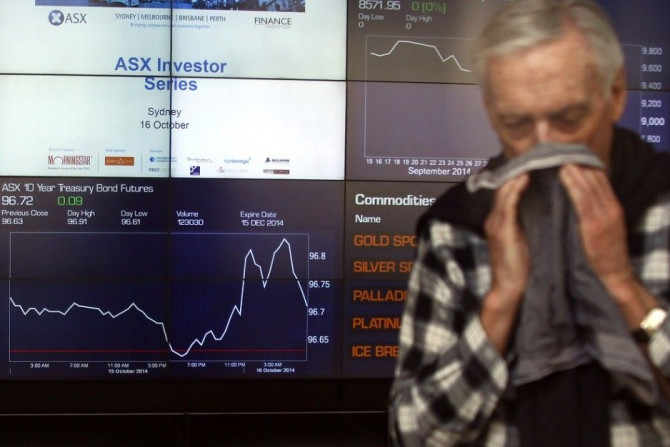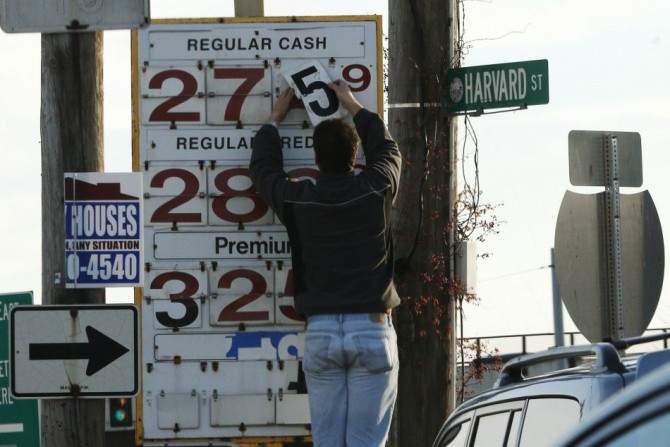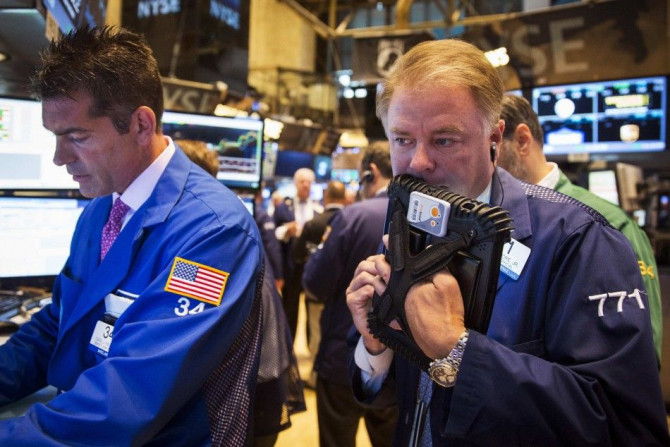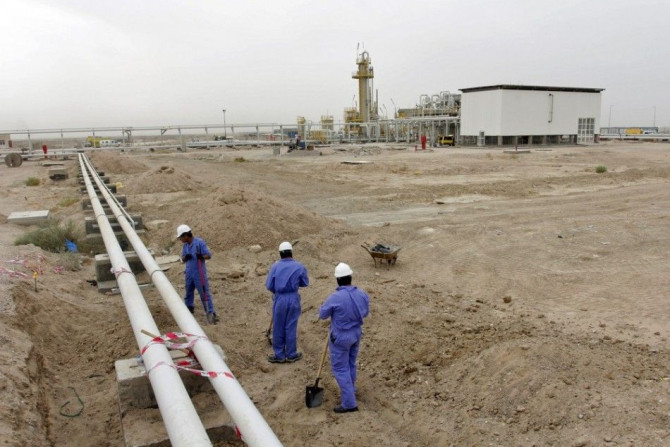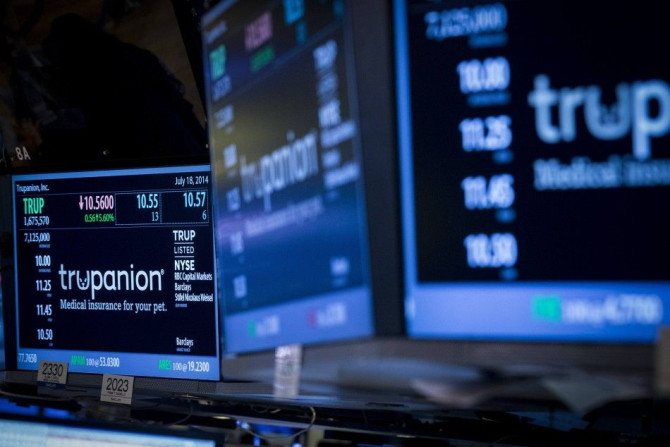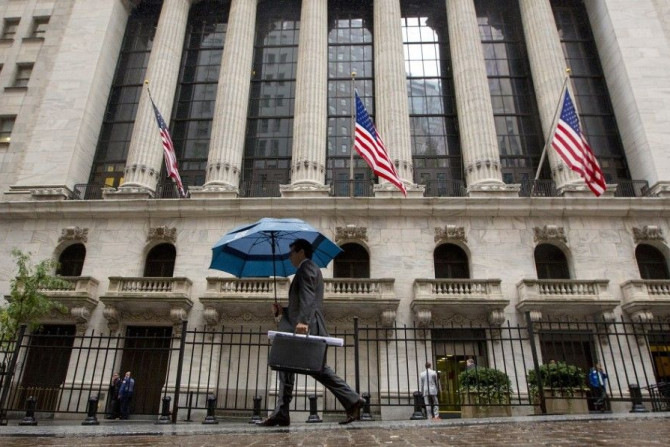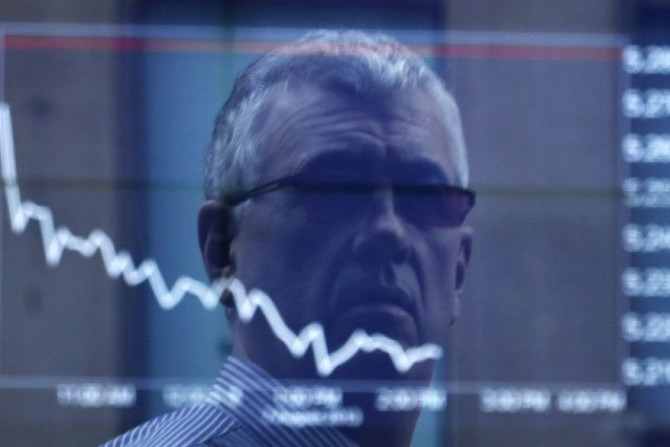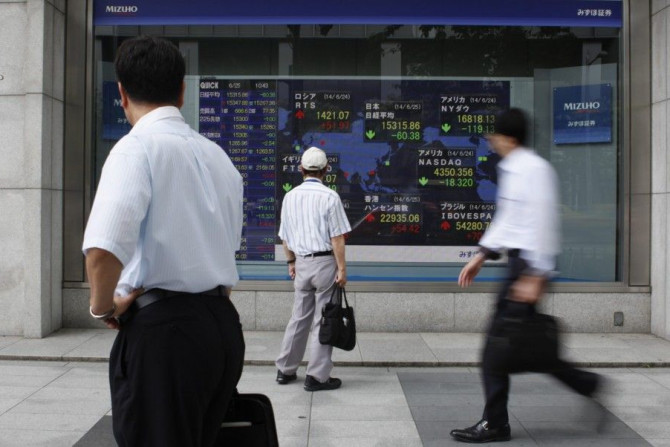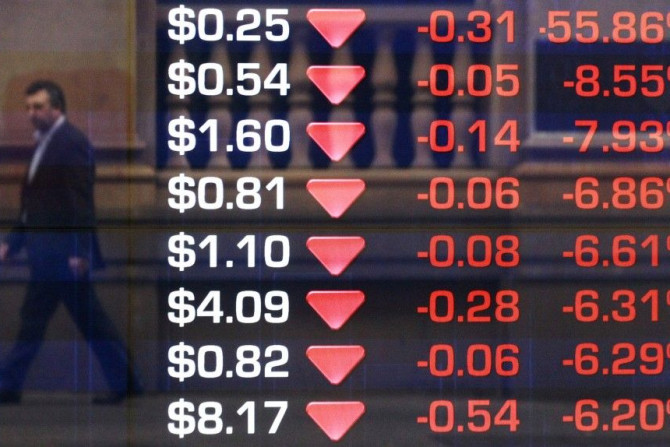The Nova Scotia Demand: Express Entry gives applicants the opportunity to settle down in Canada even without a job offer.
Weaker US retail sales helped reverse attempts to drive AUD/USD lower on the back of falling copper prices.
Volatility is feeding erratic trading; headlines such as 'meltdown', 'rout' and 'collapse' increase volatile trading and are adding to the overall trade pressure.
In US economic data, retail sales fell by 0.9% in December, well below expectations for a 0.1% fall. Excluding gas stations and autos, sales were down 0.3%. Import prices fell by 2.5% in December and export prices fell by 1.2%.
Australian shares faded this afternoon to post the biggest tumble in a week, with the ASX 200 Index (XJO) slumping by 0.9 percent to 5353. The local market has now fallen for three consecutive days - with equities dragged lower by weaker commodity prices and a negative lead from Wall Street.
Australian shares are losing ground for the third day in what has been a volatile start to the session. The ASX 200 Index is down 0.1 per cent with weaker commodity prices and softer US markets not helping.
The Australian Dollar has remained within the recent 0.8100-0.8200 range yesterday.
Plenty of risk, plenty of uncertainty and a good dash of fear has welcomed the markets to 2015.
In US economic data, a survey of small businesses - the NFIB business optimism index - rose from 98.1 to 100.4 in December. The JOLTS job openings index rose from 4.83 million to 4.972m in November. And chain store sales were up by 3.8% in the latest week on a year ago, down from the 4.3% gain in the previous week.
The market has managed to recover some of its earlier losses to finish the session in the middle of the day's range - helped by better-than-expected Chinese trade data. The All Ordinaries Index (XAO) slipped 17 points or 0.3 percent to 5,382, while the ASX 200 (XJO) lost 18 points or 0.3 percent to 5,404. Eight out of the 10 sectors closed lower.
Australian shares are falling for the second day with a falling oil price holding back mining and energy sectors most. The ASX 200 Index is down 0.7 per cent following Monday's 0.8 per cent tumble.
Oil prices have again been the stand out story overnight. Who breaks the stalemate and cuts production first, OPEC or US shale producers?
There is no escaping crude's effect on global markets. A fresh five-and-a-half-year low in both West Texas Intermediate (WTI) and Brent now see the oil prices well below US$50 barrel as it marches towards the expected support level of US$40 a barrel.
In US economic data, the employment trends index rose from 127.83 to 128.43 in December.
The Australian sharemarket has followed US and European markets into negative territory today - putting an end to a two-session rally. The All Ords (XAO) has closed near the day's lows, losing 0.7 percent to 5,399. While the ASX 200 (XJO) fell 0.8 percent to 5,422.
Australian shares have kicked off the trading week in the red following the best gains of the year on Friday. The ASX 200 Index is down 0.4 per cent with all sectors losing ground. This follows global sharemarket weakness and a drop in commodity prices.
Thousands joined a global unity rally in honour of those killed by extremists during the Charlie Hebdo attacks in Paris.
The Australian Dollar has opened around the .8200 level as US non-farm payroll numbers were better than expected but wage growth disappointed.
The US earnings season begins tonight and Australia's earning season begins in two weeks; expectations for the both are low at best.
In US economic data, non-farm payrolls (employment) rose by 252,000 in December, ahead of forecasts for a gain of 240,000. The unemployment rate fell from 5.8% to 5.6%. And average earnings fell by 0.2%, short of forecasts for a 0.2% gain. And wholesale sales fell 0.3% in November with inventories up 0.8%.
The local share market has wrapped up the last trading day of the week on a positive note, finishing close to the day's highs. The All Ords (XAO) jumped 80 points or 1.5 percent to 5,440, while the ASX 200 (XJO) climbed 84 points or 1.5 percent to 5,465.
The Australian sharemarket is off to its best start of the week with the ASX 200 Index up by 1 per cent. This is ahead of the single most important piece of data; the US non-farm payrolls (a monthly jobs report) out tonight at 12.30am AEDT.
The US market had its second day in the green yesterday, which saw it recoup over all its losses year-to-date.
In US economic data, new claims for unemployment insurance (jobless claims) fell by 4,000 in the latest week to 294,000. And the number of announced job layoffs (Challenger survey) fell from 35,940 to 32,640 in December.
Australian shares finished firmer for the second time this week following 1.2 per cent gains in US markets and a firmer oil price. The ASX 200 Index rose by 0.5 per cent but is still down so far this week.
Australian shares are improving after two days of weakness. The ASX 200 Index is up 0.3 per cent following the first rise in US stocks in six sessions and a firmer oil price.
Considering the focus of the markets this week, the Fed minutes have provided a welcome distraction to the preoccupation with crude.
In US economic data, the trade deficit improved from a deficit of US$42.25 billion in October to US$39bn in November. The ADP employment survey showed that 241,000 private sector jobs were created in December, above forecasts for a 226,000 gain. And new home loans rose 11.1% in the past week with refinance transactions up 16%.
The local sharemarket finished the session slightly weaker, after a choppy final hour of trade. The All Ords (XAO) regained some early losses to close down 0.2 percent to 5,334, while the ASX 200 (XJO) lost 0.2 percent to 5,353.
The tanker Methane Rita Andrea made commodity history on Monday afternoon when it left Gladstone Harbour's Auckland Point to deliver to Singapore the world's first shipment of liquefied natural gas (LNG) processed from coal seam gas (CSG).















